June 17, 2025 | 14:10 GMT +7
June 17, 2025 | 14:10 GMT +7
Hotline: 0913.378.918
June 17, 2025 | 14:10 GMT +7
Hotline: 0913.378.918
A conference on implementing the Party Politburo resolution on socio economic development and national defense in the Red River Delta until 2030 and vision to 2045 was held on November 29. Minister of Agriculture and Rural Development Le Minh Hoan delivered an important speech at the event. Vietnam Agriculture Newspaper would like to introduce the speech to dear readers. The title of the article is set by the editorial board.
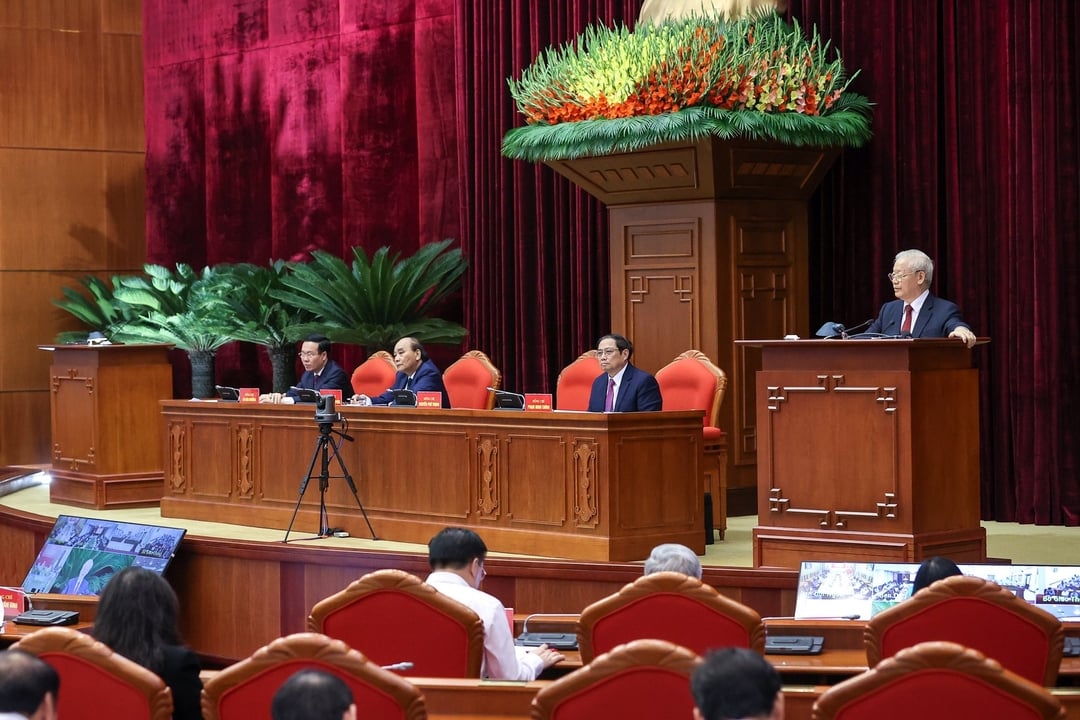
Party General Secretary Nguyen Phu Trong chaired a national hybrid conference on November 29 to disseminate and launch the implementation of the 13th-tenure Politburo’s Resolution 30-NQ/TW on orientations for socio-economic development and defence - security safeguarding in the Red River Delta to 2030 with a vision to 2045.
41,000 hectares is the total area of agricultural land that decreased in the Red River Delta between 2010 and 2020. What does this number imply?
Is the fluctuation and decrease in agricultural land simply a common law in the context of the economic restructuring of the region and increasing the proportion of the industrial and service sectors?
Does agricultural land need to be willing to give way to other uses that bring higher value such as industrial clusters or bustling urban areas?
Is the number of businesses and employees working in the agricultural sector decreasing?
Has the transformation to non-agricultural occupations, access to job opportunities, and improved livelihoods associated with the fluctuating and decreasing agricultural land area been given satisfactory solutions?
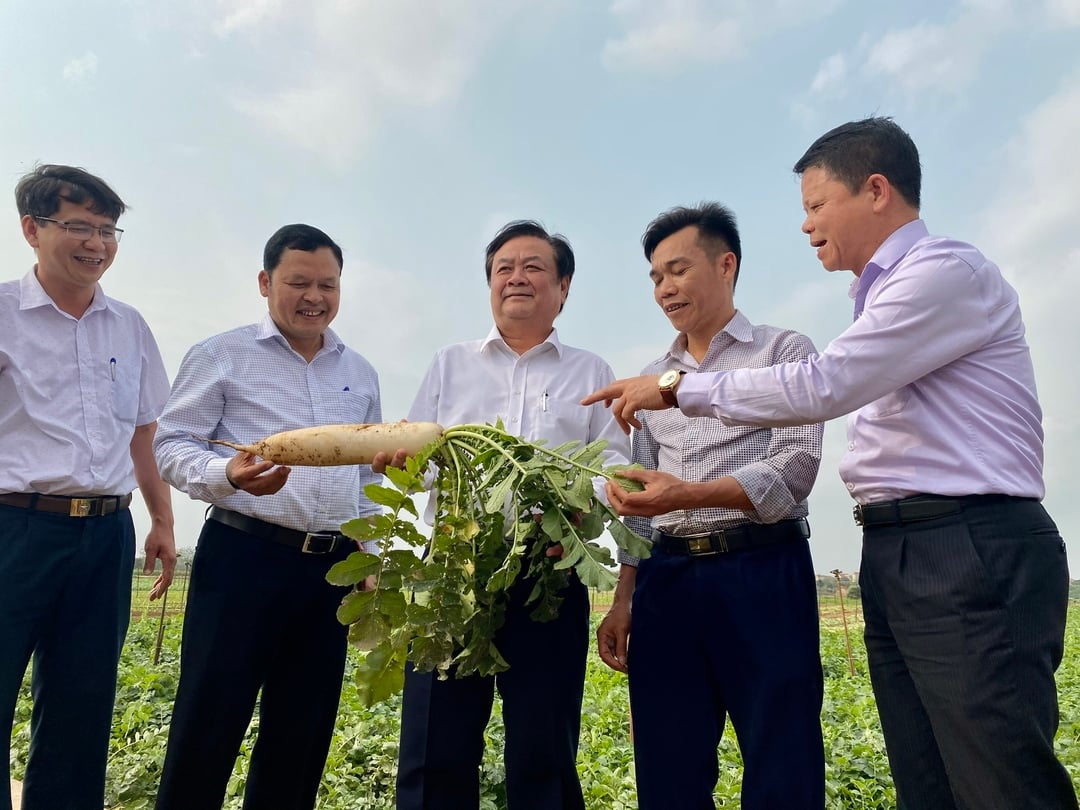
Minister Le Minh Hoan (center) surveys the radish planting area in Trang Viet Commune (Me Linh District, Hanoi).
It is just a figure, but it shows that the agricultural sector and rural development in the Red River Delta still has much work to do, many difficulties and problems to handle, and of course, there are still opportunities and room for growth and development.
Does the decrease in agricultural land really matter, when a number of countries have applied the model of growing vegetables, tubers and fruits vertically, changing from measuring with total area to "volume"? When in urban areas with high population density, green farms right on the rooftops of buildings become increasingly popular? Besides the traditional way of cultivating on land, advanced technical methods have opened up to "hydroponics", "aeroponics" and other alternative media?
Is the scale and total area of agricultural land really the deciding factors? Or is it important to determine the right goal, boldly innovate, be creative, have a suitable and feasible approach to the actual conditions and characteristics?
The scale and area of agricultural land from terraced fields in the midland and mountainous areas are suitable for the development of specialty agriculture and indigenous resources, while being associated with the cultural identity of ethnic minorities.
The scale and area of agricultural land from the vast fields in the Mekong Delta are suitable for the development of large-scale and concentrated production of agricultural products and commodities.
The scale and area of agricultural land in the Red River Delta, which is not the smallest in the country nor the largest in the country, will be suitable for development in which direction? The scale and land area of the region, which are currently at relative level, are perfectly sufficient to develop "high-tech, organic, green, circular, ecological" agriculture, as the view of the Resolution proposed by the Politburo.
What is more favorable when the supporting ecosystem for agricultural development in this area has basically formed and gradually tightened linkages?
That is, factories and workshops in the region are fully capable of handling the stages of preserving and processing agricultural products and other post-harvest technologies. That is a convenient logistics service. That is the presence of many potential businesses with a vision towards sustainable values.
Those are existing industrial zones and clusters, with workers more or less having access to industrial production lines and being able to apply their knowledge and skills appropriately on coming back to the fields and ponds in their hometowns.
That is the dynamism and proactive adaptation of farmers and rural people, reflected in the multi-layered integrated models of values such as rice, fish, freshwater mussel farming right in the middle of the fields. That is the positive spirit and responsibility of local authorities in introducing and promoting agricultural products through various channels and e-commerce platforms to domestic and foreign markets.
That is, most of the leading institutes, academies, universities and colleges in the industry are gathered there, with a team of experts, scientists, and a large number of students with a strong spirit of commitment.
That is the satisfaction of necessary conditions, to gradually form clusters of industry linkages and industrial-agricultural complexes, in which, agriculture, industry and other fields do not stand alone or separate, but together form a harmonious whole in a socio-economic structure.
The Red River Delta is referred to as the "cradle" of the wet rice civilization, of the northern village culture, of the spirit of community cohesion and of village regulation - organizational and self-governing institutions.
The rural area is not only a place where economic activities take place, but also a cultural space; not only a place of agricultural production, but also a place of emotional balance.
Many cultural heritages of the rural land have been honored, including many intangible cultures, such as the worship of mother goddesses or folk singing like quan ho (love duet), cheo (popular opera) or chau van (trance ritual singing). The cultural space in the villages helps to balance and create positive emotions, and thus shaping a harmonious and friendly countryside.

The area of agricultural land has fluctuated and decreased in the Red River Delta in recent years.
The countryside “reflects” a vivid picture of social connections.
The process of forming a village derives from the cohesion of the community, which has helped the village to fight natural disasters and enemies. Villagers reconnect into communities and society. The "village rules", " village conventions" are set, not to overrule "the law of the country" and "the rule of law", but to help the law to be accepted naturally and voluntarily. It is also a unique cultural indicator in the countryside of the Red River Delta.
Rural is not only a physical space, but also a development resource.
The preservation and promotion of rural values help the villagers cherish their traditions and turn the countryside to become a tourism resource. That is "soft resources" for sustainable development.
The countryside should be treasured as a heritage region.
Not only a tangible living space, the countryside is also a cultural space and a space of consciousness, creating a solid foundation for smart, harmonious and happy villages.
Rituals and beliefs, such as the Tich Dien (plowing) festival, worshiping the Divine Farmer, Village Deities and commemorating the ancestors of the craft village, are cultural features imbued with humanity, connecting people with historical traditions and helping people live more humanely. At that time, rural residents lived responsibly with the community and with the natural environment.
From my own practical experience through survey trips to localities, I have faith in a "fast and sustainable development region, with a reasonable economic structure, imbued with national cultural identity", and a background of "high-tech, organic, green, circular agriculture with high economic value"
Along with the key economic sectors and fields, agricultural development contributes to prospering life. Rural development is oriented towards the quality of life and the flow of consciousness from the origin of the nation. We need to get concerned about achieving both of these goals at the same time.

There have appeared billionaire farmers in Hai Duong, Hung Yen..., billionaire farmers' clubs in Thai Binh and high-tech farms throughout the region.
It is the cultural-spiritual life inherited and continued through generations that naturally forms the way of life, the way of thinking of the community, the way people behave, in harmony with each other, from the countryside to town. That is the origin of the identity, "soul" of the Red River Delta with a "thousand-year civilization".
Starting from the "underground contract" in Doan Xa commune, Kien Thuy, Hai Phong in 1977, and then Directive 100 of the Secretariat, we later refer to contract 10, contract 100, which are considered as a milestone that changed the country's agriculture on the eve of doi moi (renewal period).
Today, right on this land, there are multi-value integrated agricultural models that bring profit 5-7 times higher in the same area. There have appeared billionaire farmers in Hai Duong, Hung Yen, ..., clubs of billionaire farmers in Thai Binh and high-tech farms throughout the region.
It is certain that, from today's Resolution, those signals are no longer assessed as "underground contract" or as "fence-breaking", but as innovation and creativity that needs to be encouraged and promoted as necessities in the new agricultural revolution.
The Red River Delta region comprises 11 provinces and centrally-run cities divided into two sub-regions. The northern sub-region covers Hanoi capital, Hai Phong city, and the provinces of Quang Ninh, Vinh Phuc, Bac Ninh, Hai Duong, and Hung Yen; while the southern one consists of Thai Binh, Ha Nam, Nam Dinh, and Ninh Binh provinces.
Translated by Phuong Ha
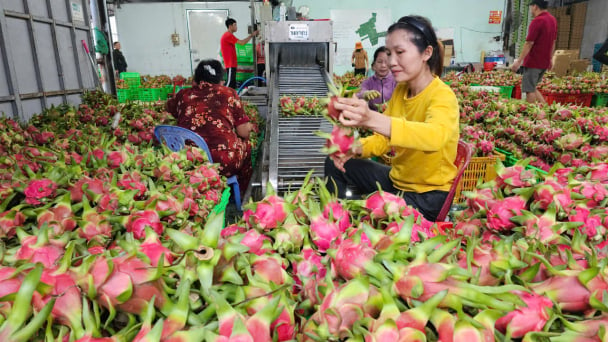
(VAN) According to the Binh Thuan Department of Industry and Trade, in the first five months of 2025, Binh Thuan's dragon fruit export turnover increased by 20.65% compared to the same period last year.
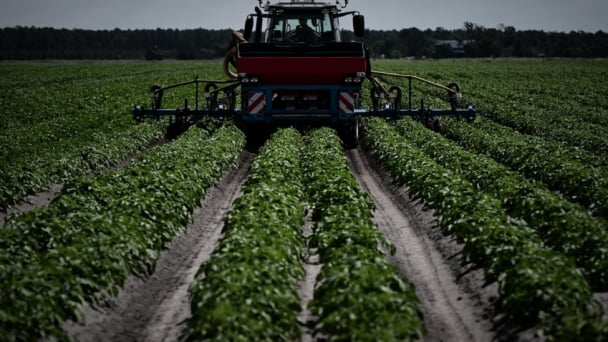
(VAN) EU countries on Thursday gave final approval to new tariffs on fertilizer imports from Russia, a move aimed at cutting off revenue that could support Moscow’s war in Ukraine, despite concerns from European farmers.
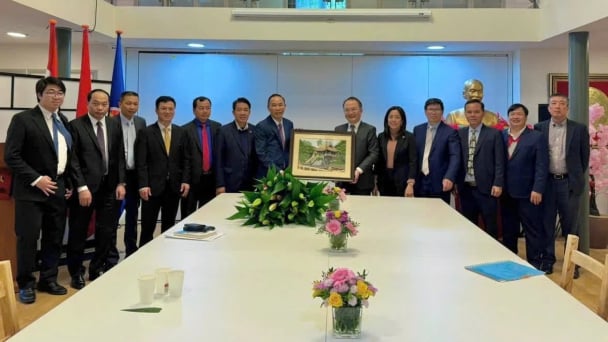
(VAN) The working delegation from the Ministry of Agriculture and Environment conducted an important trip to the Netherlands to strengthen strategic partnerships and sustainable development in the agricultural sector.

(VAN) The letter ‘A Plea from the Ocean’ not only evokes emotion but also awakens the human conscience to the responsibility of protecting life on Earth.
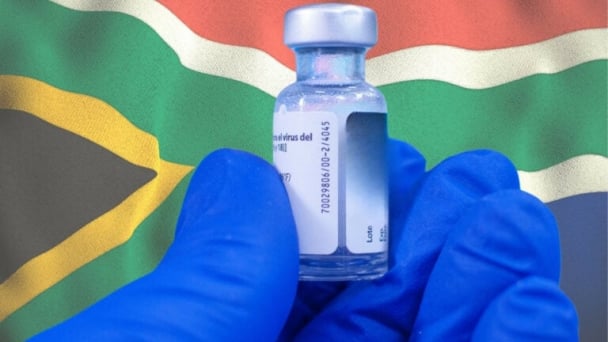
(VAN) The Department of Agriculture in South Africa has announced the country’s first mass vaccination of poultry to prevent local birds from contracting avian influenza.

(VAN) Establishment of the Mekong Delta Regional Agricultural Linkage Center, aiming for a closed value chain, deep processing, trading platforms, and international market connectivity.

(VAN) Gia Lai province has recently recorded 460 rare species of animals and plants, contributing to forest conservation and biodiversity planning in the region.